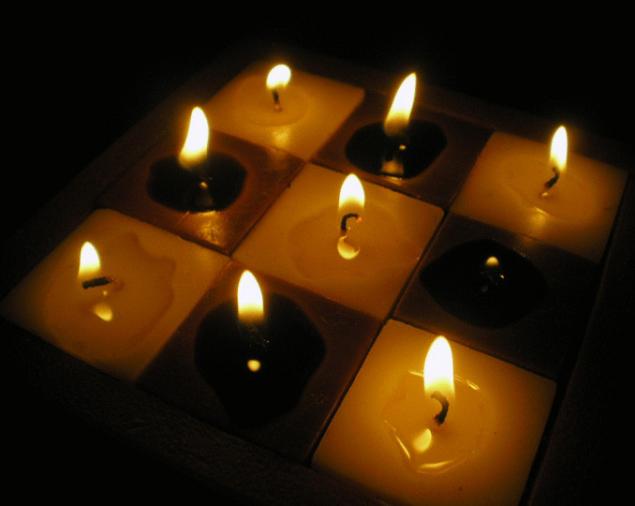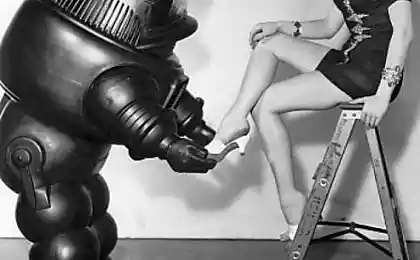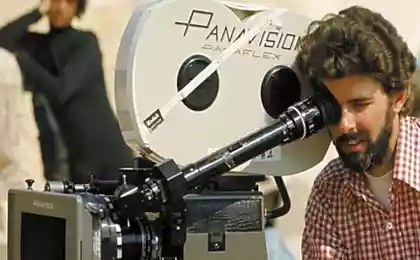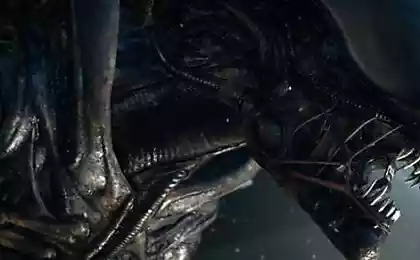449
A special effect that you can do right at the kitchen video

Some special effects are incredibly easy to learn if you use science. Learn how to cover the candle "empty" glass to the fire suddenly went out. This is a fun and simple effect for your horror-movie imitation of a seance or just to have some fun with friends.
Of course, the word "empty" not just in quotes. The glass in this experiment is not actually empty. He's just filled with what you can't see. And also to smell or taste. You can see it in action during the Fizz of soda, or, for example, when you experience choking in the airlock. This carbon dioxide, and is one of the components, which will extinguish the candle.
The candle requires three things to sustain combustion. First, it is fuel. In this case, the paraffin, in which is inserted the wick. Second, the flame that arises from burning a match and a further burning of the candle. The most effective way to extinguish a candle or any other fire is the cessation of oxygen supply. Carbon dioxide consists of molecules of heavy, much heavier than the oxygen molecules in the air. Despite this, carbon dioxide is contained in all layers of the atmosphere. However, it will still be some time to stay at the bottom of a closed container. And if you open the container, the carbon dioxide will leave it almost like liquid.
The result of a combination of sodium bicarbonate (aka baking soda) with vinegar is known to all. This bubbly explosion is the basis for many of the volcanoes in elementary school. What you see in the hiss, it's a double reaction. Acetic acid reacts with sodium, while baking soda attaches an extra hydrogen atom. This leads to the fact that baking soda is converted into highly unstable carbonic acid. It breaks down into carbon dioxide and water. Lots of bubbles in an effervescent explosion, leaving carbon dioxide.
Let's return to our illusion. Just enough to produce large amounts of carbon dioxide from substances that exist in every kitchen. Stirring the foam releases the bubbles and releases them into the air. They can be kept in a new closed container for a while, or you can just close the opening of the vessel in which the reaction occurred. Pour the contents of the vessel at the candles, and it will seem that they go out by themselves. It will be nice if you'll be able to hide and quietly do the trick. In any case, it was a cool special effect that you can do right in your kitchen
source
Source: /users/104
Vegetarian Diet Officially Recognized as Healthier
Nissan and BMW ready to work together with Tesla to develop electric charging stations






















